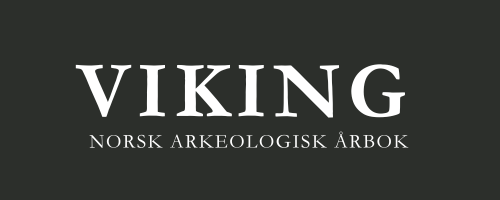Sessrúmnir and Sailing Wind Horses – The ship as a concept in pre-Christian, Norse mentality
DOI:
https://doi.org/10.5617/viking.8252Abstract
Ships appear in several, varied contexts in the Viking Age. These contexts are in this article used to discuss the ship’s connection to overall pre-Christian, Norse mentality. Kennings such as byrjar drösla (sailing wind horse) shows the ship’s connection to horses, considered as independent agents able to cross between spheres. This, in particular, is discussed in connection to Freya’s hall Sessrúmnir, a hall which also appears on a list of ships in Skaldskaparmál. Based on the analyses presented in this article, it is argued that ships were connected to a complex, inference-based framework of understanding where they had several, varied identities and roles. Interpreting burial ships, such as the Oseberg ship, simply as burial homes or death vessels might therefore severely limit our present understanding of the multifaceted nature of the ship in pre-Christian, Norse mentality.
Downloads
Published
Issue
Section
License
Fra og med årgang 2016 er innhold i tidsskriftet Viking - dersom ikke annet er uttrykt - lisensiert gjennom Creative Commons Lisens BY-NC-ND-4.0. Dette betyr at innhold kan kopieres, distribueres og spres i hvilket som helst medium eller format, så lenge disse vilkårene er fulgt.



